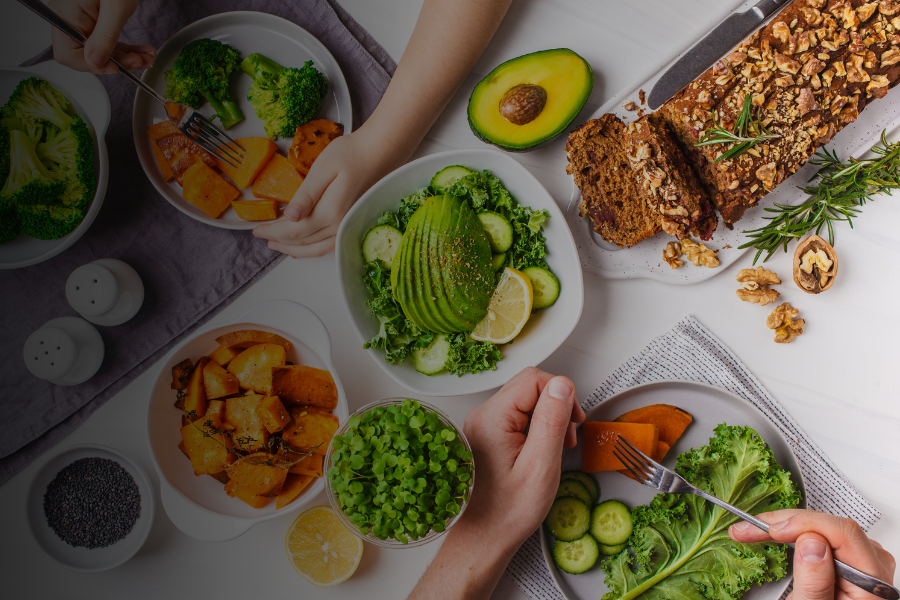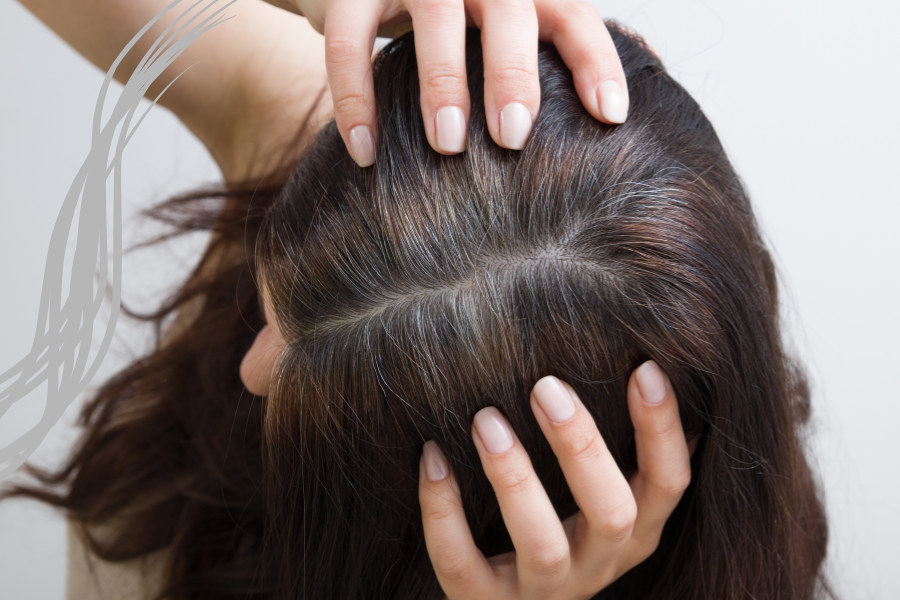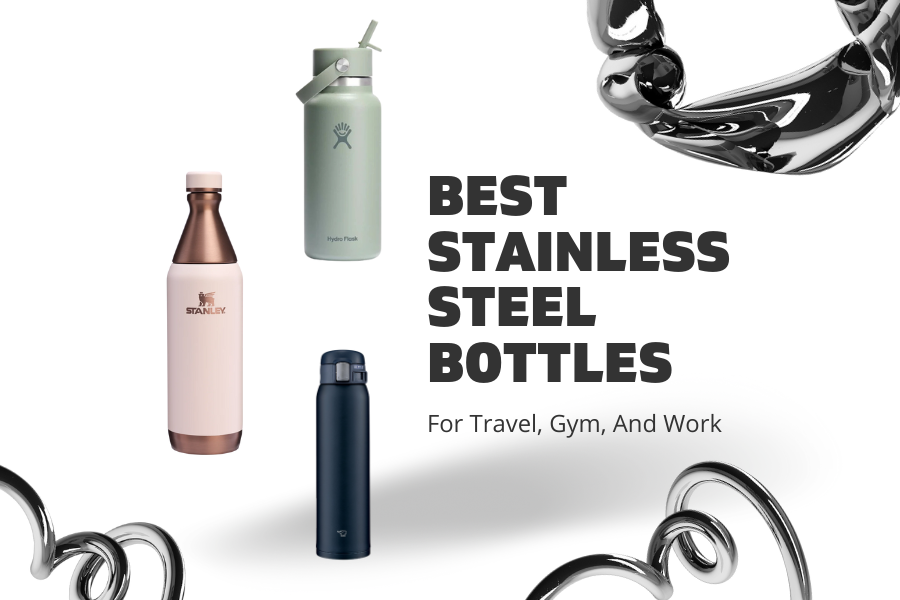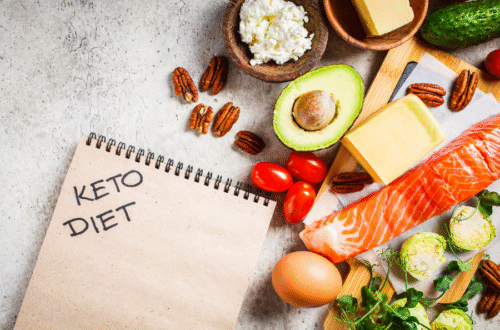Walk down any grocery aisle and you’ll see a parade of products proudly labeled “low-fat,” “sugar-free,” “natural,” or “high-protein.” They sound healthy, right? But here’s the truth: these are actually what we called them as “unhealthy healthy foods”. These foods may be sabotaging your health goals without you even realizing it.
As someone who’s spent years navigating the world of health and nutrition, I’ve learned that food labels can be misleading, and the health halo around certain products often hides a darker reality, which makes then an “unhealthy healthy food”.
In this blog post, let’s peel back the packaging and uncover what nutrition labels don’t tell you—and how to make smarter choices for your health.
The Health Halo Effect: When Labels Lie
The “health halo” is a psychological phenomenon where we assume a food is healthy based on one or two positive attributes. For example, if a granola bar is labeled “organic,” we might overlook the fact that it’s packed with added sugars and oils.
A 2025 article in JAMA Internal Medicine highlights how front-of-package labeling can mislead consumers in a food environment dominated by processed and ultraprocessed foods. The authors argue that even well-meaning labels like “low-fat” or “gluten-free” can distract from the real nutritional profile of a product—especially when those labels are used to market foods high in sodium, sugar, or saturated fats. This make unhealthy healthy foods harder to be identified.
Unhealthy Healthy Food #1: Sugar-Free Doesn’t Mean Healthy
“Sugar-free” sounds like a win, but it often means the product contains artificial sweeteners like aspartame, sucralose, or sugar alcohols. While these may reduce calorie intake, they can also disrupt gut health and increase cravings for sweet foods.
Moreover, some sugar-free products still contain refined carbs or starches that spike blood sugar. A sugar-free cookie made with blood glucose-spiking white flour and trans-fat laden hydrogenated oils is still a cookie—not a health food.
Unhealthy Healthy Food #2: Low-Fat and Fat-Free: A 90s Myth That Won’t Die
Remember the low-fat craze of the 1990s? It led to a flood of fat-free snacks, yogurts, and frozen meals. But here’s the catch: when fat is removed, flavor often disappears too—so manufacturers add sugar, salt, and thickeners to compensate.
Research has shown that low-fat diets aren’t necessarily better for weight loss or heart health. In fact, healthy fats from sources like nuts, avocados, and olive oil are essential for hormone balance, brain function, and satiety. If you opt-for low fat and fat-free, check the ingredient list carefully to check if the product contains any added sugar, salt, and thickener.
Unhealthy Healthy Food #3: Natural and Organic: Not Always What You Think
“Natural” is one of the most loosely regulated terms in food marketing. It doesn’t mean the product is free from additives, preservatives, or even GMOs. “Organic” is more tightly regulated, but it still doesn’t guarantee a food is low in sugar, sodium, or calories.
An organic soda is still soda. An organic cookie is still a cookie. Don’t let the label distract you from reading the ingredients list and nutrition facts.
Unhealthy Healthy Food #4: Protein-Packed Pitfalls
Protein is the darling of modern diets, and for good reason—it helps build muscle, keeps you full, and supports metabolism. But not all protein sources are created equal.
Many “high-protein” snacks are ultra-processed and contain artificial flavors, gums, and sweeteners. Some protein bars have more sugar than a candy bar. Others use low-quality protein isolates that may not be as bioavailable as whole food sources like eggs, chicken breast, Greek yogurt, or fish.
Unhealthy Healthy Food #5: The Problem with Serving Sizes
Here’s a sneaky trick: manufacturers can manipulate serving sizes to make a product look healthier. A bag of chips might say “150 calories per serving,” but if the bag contains three servings, you’re actually eating 450 calories if you finish it (and let’s be honest—it is very easy to finish one bag of snacks!).
Always check the serving size and do the math. It’s one of the easiest ways to avoid being misled.

Unhealthy Healthy Food #6: Hidden Ingredients and Additives
Even foods that seem healthy—like flavored yogurts, salad dressings, or veggie chips—can contain hidden sugars, sodium, and preservatives. Some common culprits include:
- Maltodextrin: A processed starch that can spike blood sugar.
- Carrageenan: A thickener linked to digestive issues in some people.
- Natural flavors: A vague term that can include dozens of chemical compounds.
The JAMA Network has explored how simplified, color-coded labels (like traffic light systems) can help consumers make better choices—but even these systems can lose effectiveness over time due to “label fatigue”.
So What You Can Do: Smarter Shopping Tips
So how do you protect yourself from misleading labels and make truly healthy choices? Here are a few tips I live by:
- Read the ingredients list: The fewer, the better. Look for whole foods you recognize. Remember that the first ingredient listed in the ingredients list is the one present in the largest amount by weight. This means that the ingredient at the top of the list is the most dominant component of the product.
- Watch for added sugars: They go by many names—cane juice, corn syrup, dextrose, maltose, etc.
- Don’t fear fat: Focus on healthy fats from whole food sources, like avocado, nuts, seeds, and olive oil.
- Be skeptical of health claims: “Gluten-free,” “keto,” or “paleo” doesn’t mean nutritious. They can be highly-processed.
- Stick to the perimeter: Most whole foods (produce, meat, dairy) are found around the edges of the store.
The Bigger Picture: Food Policy and Transparency
Ultimately, the burden shouldn’t fall entirely on consumers. We need clearer, more honest labeling—and policies that prioritize public health over marketing.
The 2025 JAMA Internal Medicine article calls for stronger front-of-package labeling to help consumers navigate an unhealthy food environment 1. Until that happens, awareness is your best defense.
Final Thoughts
The next time you reach for a “healthy” snack, take a closer look. Is it truly nourishing your body—or just wearing a health halo?
Understanding what nutrition labels don’t tell you is empowering. It helps you make choices based on facts, not marketing. And in a world full of food noise, that clarity is priceless.





